Navidad, panoramic view of the town (Credit: Mike Gallegos)
Introduction
Navidad is one of most visited and praised towns in the municipality of Mascota, Jalisco, by tourists not only thanks to its natural beauty but also for its tranquillity and celebration of traditional festivals in July, though there are also many other religious and social festivals during the course of the year.
The town’s streets are very irregular both in design, alignment and surface thanks to the rugged terrain where this town was established. Houses is very similar to one another, most are built from adobe and have baked clay tile roofs.
This town does not have a river but there are a few close by. It only has two streams that disappear during the dry season.
Navidad, Jalisco, is categorized as a Municipal Delegation and is connected and related to the following “rancherias”: to the northeast with Agua Zarca and El Potrero, to the south with Santa Rosa (Ejido Navidad) and to the west Cimarrón Chico and Juanacatlan and to the northwest with El Cabrito.
Where is Navidad, Jalisco?
Navidad Pueblito Mágico, main square and town church
It’s a small colonial town up in between the hills and mountains of the Sierra located 40 minutes (19.1 km) from the town of Mascota, Jalisco, and 3 hours (123 km) from Puerto Vallarta, Jalisco. The small town’s population is 170 inhabitants based on the 2020 census. On the way up from Mascota you pass through the towns of La Hierbabuena and Cimarrón Chico.
How to get to the town of Navidad?
Navidad, Mascota, Jalisco, Mexico
The town is built between 1,860 and 2,000 meters above sea level (6135 – 6560 ft o.s.l.). The weather is quite variable and is considered a cold area due to its height, although, in reality, the weather is not very extreme due to the rugged terrain and the surrounding vegetation.
Specialities of Navidad
Postcard views from Navidad, Jalisco
The town is bounded by mountains covered with vegetation mainly composed of pines, oaks and live oaks.
Local produce includes peach and apples (perón – Pyrus malus), although plums are also produced on a very small scale. Vegetables include corn, beans, barley and clover.
The main activities in town now are handicrafts, agriculture and Raicilla production which is a liquor produced from an agave plant called Lechuguilla.
A bit of history
Navidad’s main square & church (Credit: AlCont Films)
By some accounts Navidad dates back to the mid-1600s, more precisely 1644 when they started finding mines in the area, though it was located behind another hill close to a pond, then it was moved to the present location.
When Navidad was founded is not exactly known, some people say that it was established on December 25, 1547, and others on the same date, but in 1820. From the data recollected so far, this last date seems to be the most accurate, reflecting when several families moved from a place called “El Arroyito de la Iglesia”, located a few miles from where the town is currently located. This relocation was on Christmas Eve and explains the town’s name, Navidad (Christmas).
The church was built in the year 1900 and still maintains its original stone construction and baroque style, though it has, of course, suffered modifications over time. On July 26, 1987, the remodelled temple was inaugurated (with a new floor and added towers).
In 1935 the town’s main square was built, without a kiosk and with a brick-mud surface, the space was previously used as a pantheon. In 1940 the kiosk was built, but it collapsed in April 2003 and a larger one was built to accommodate mariachis during the patron saint festivities.
Navidad started growing with the mining boom that also developed the other towns in the surroundings, including Puerto Vallarta. At its peak, it had over 1200 inhabitants, but now it’s a town lost in time, offering a relaxed and interesting view of what life is in rural Mexico and what larger towns and cities in Jalisco were like centuries ago.
Conclusion
Navidad is a very picturesque little town, its inhabitants are very sociable and united, it has very colourful local customs and traditions but unfortunately, they are in danger of being disappearing, as many of the families have been leaving the town searching for better living conditions. In some cases, it is young adults that leave the town in search of a better life for themselves and with the desire to help their parents who remain in the village.
More information
Navidad’s church (Credit: Mike Gallegos)
- For more information on Navidad, visit their Official FB Page
- The route from Mascota to Navidad is fairly popular among mountain bikers (check it out)
- Video de Navidad de Mike Gallegos
- Navidad video, AlCont Films
Last Updated on 05/01/2023 by Puerto Vallarta Net



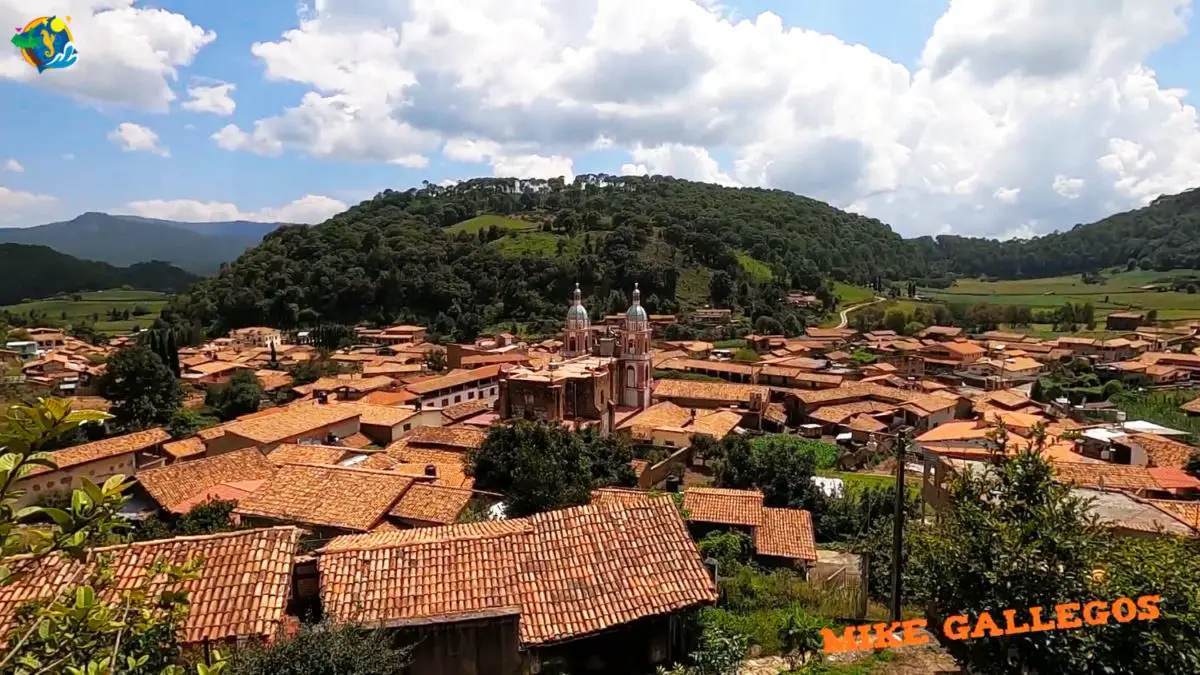
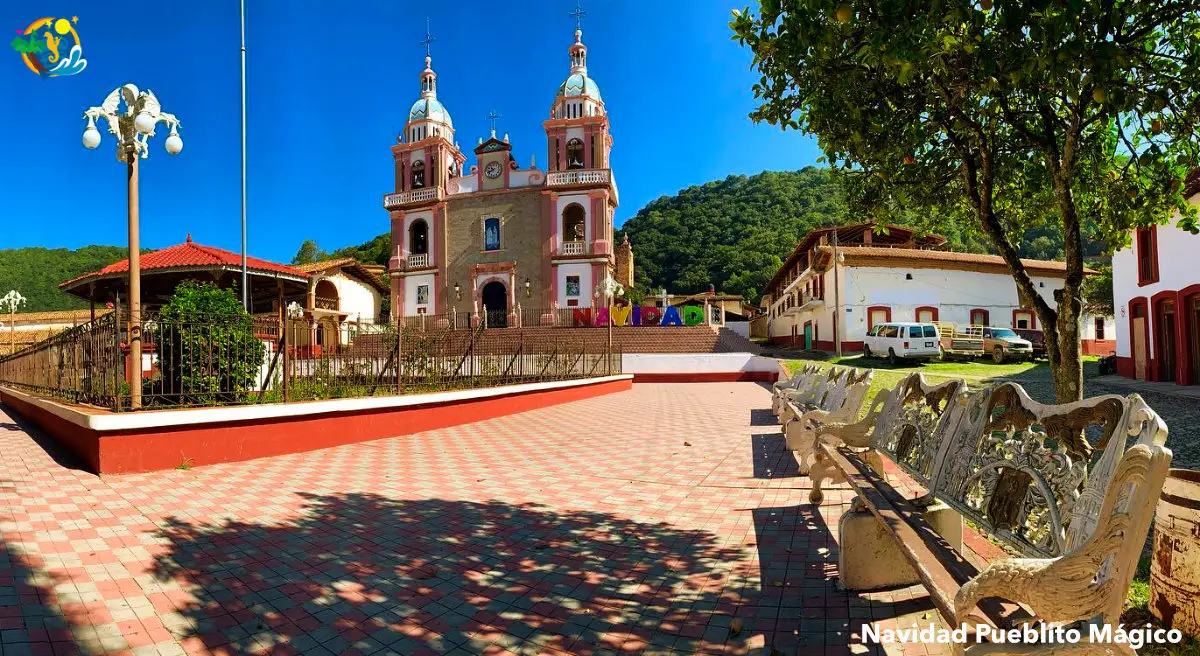
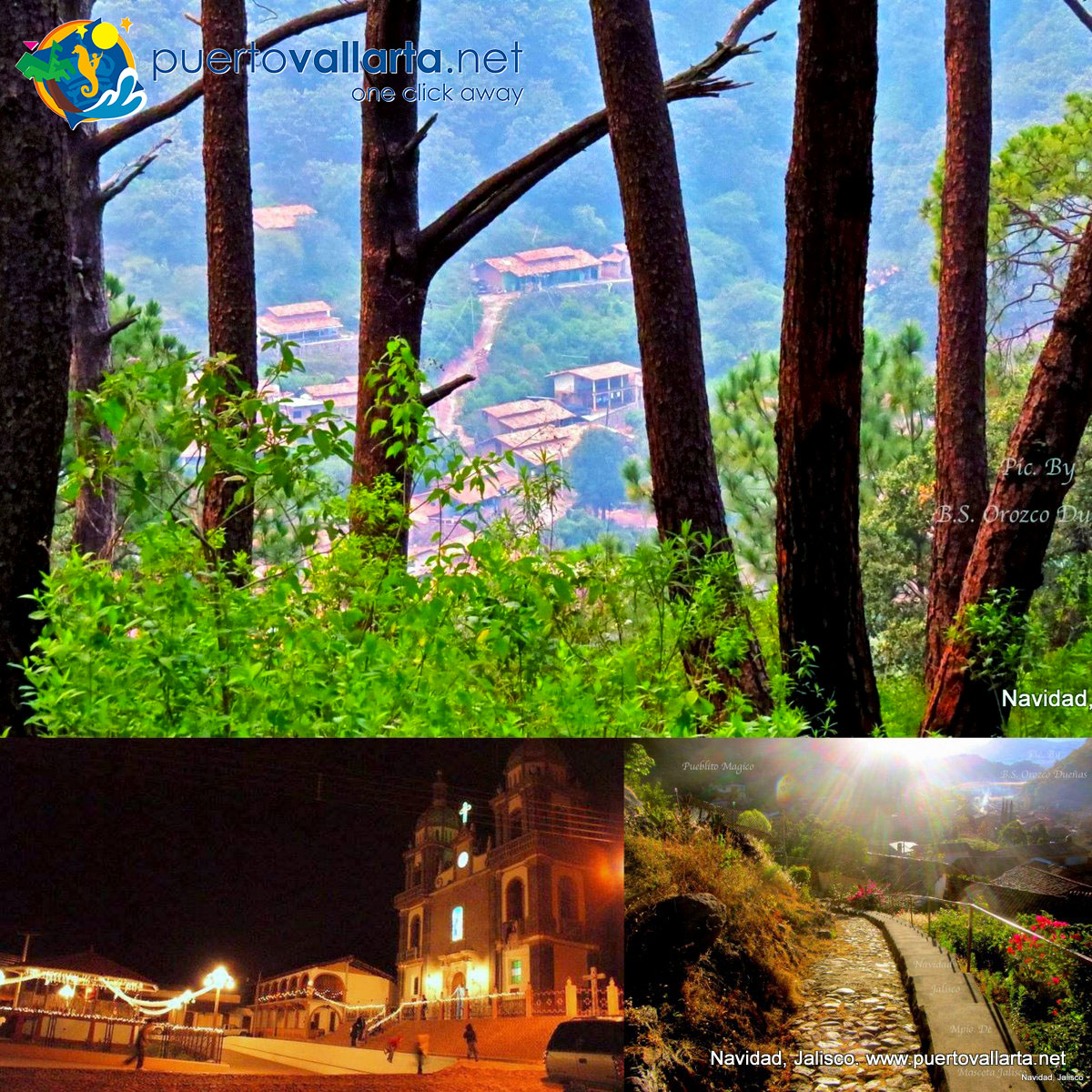
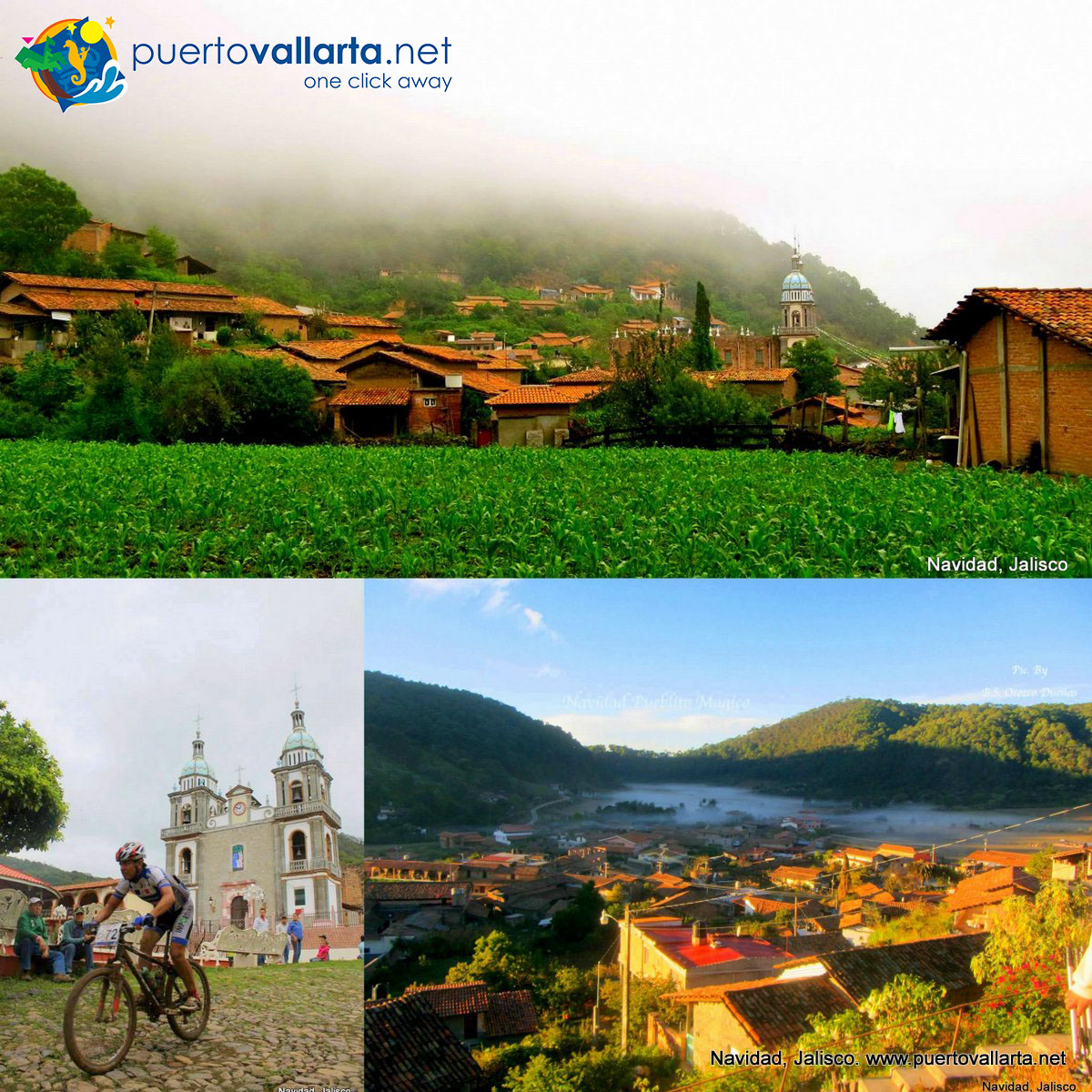



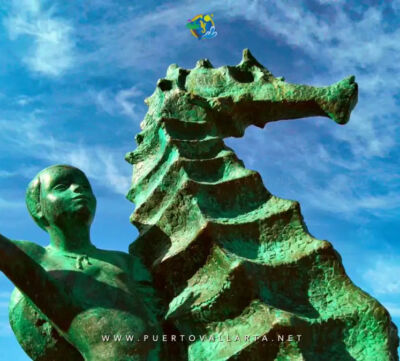


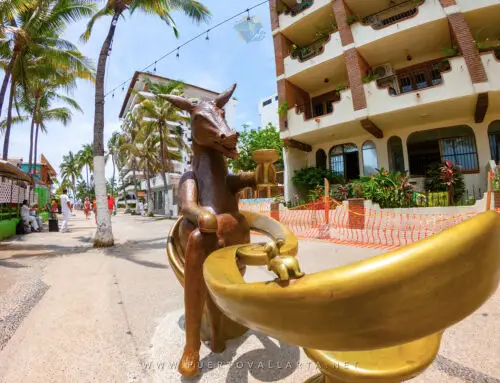
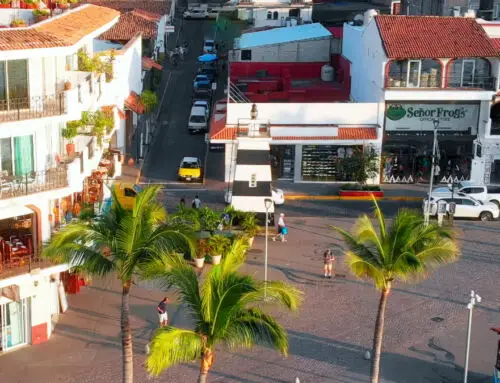

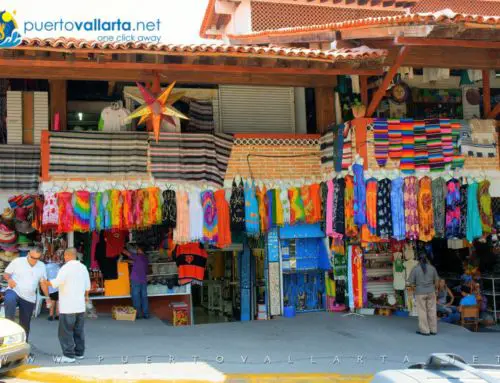
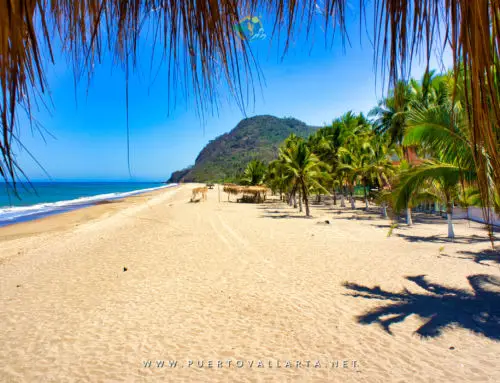
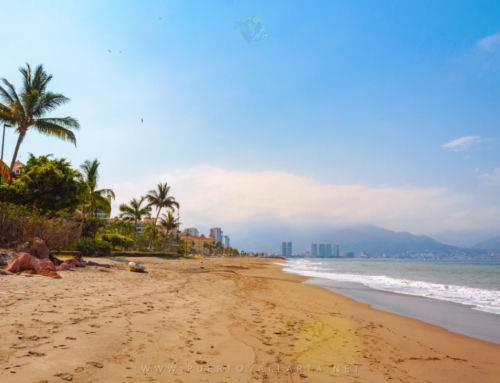
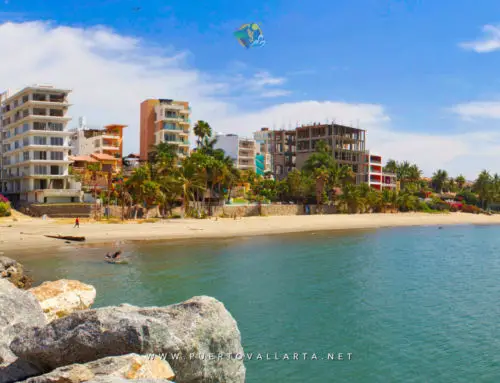
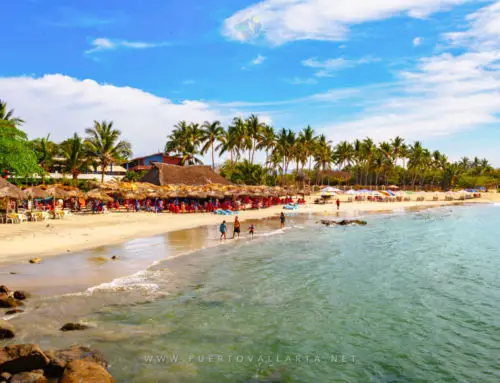
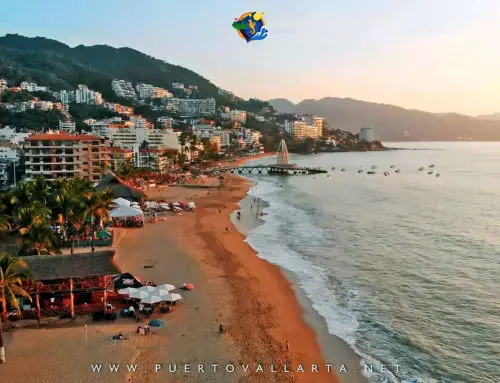
Leave A Comment